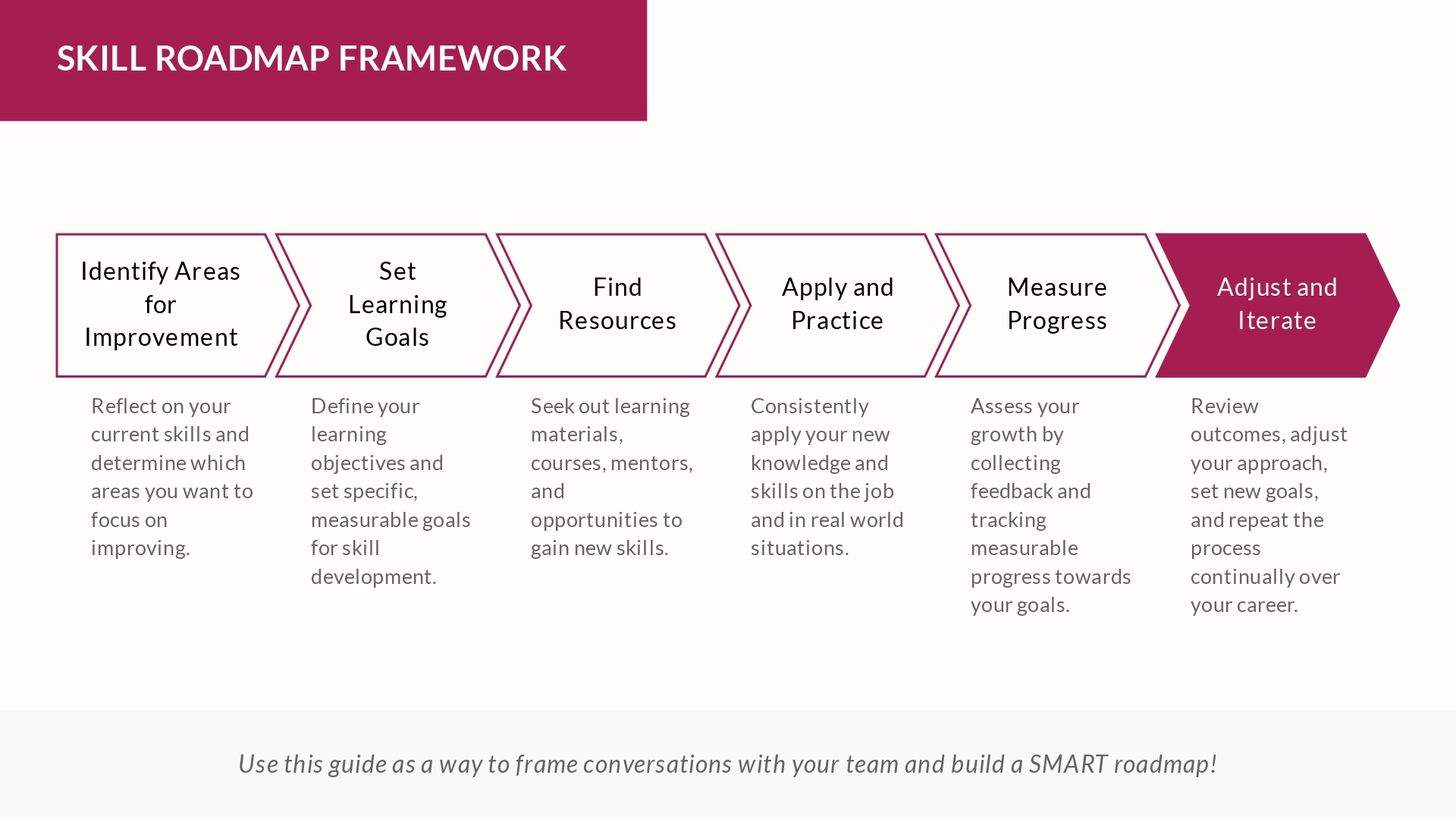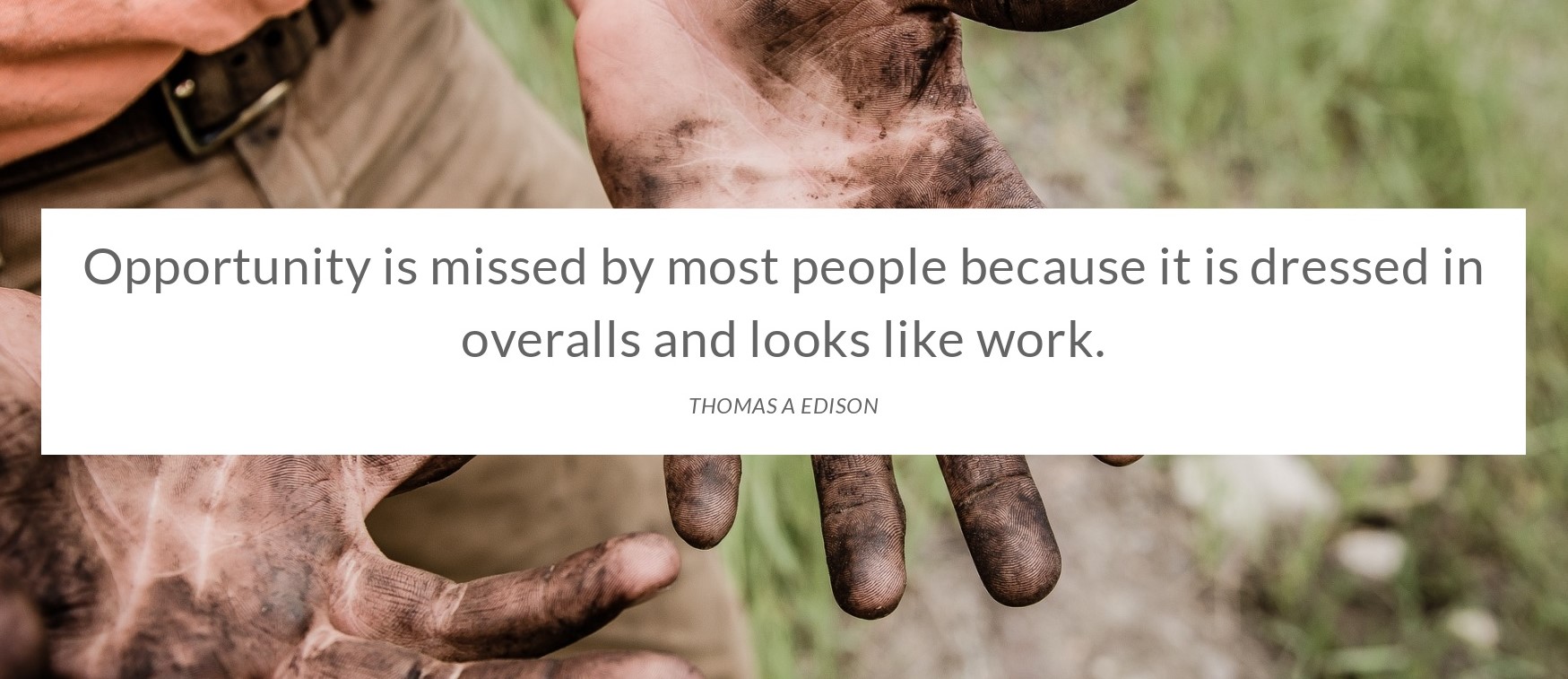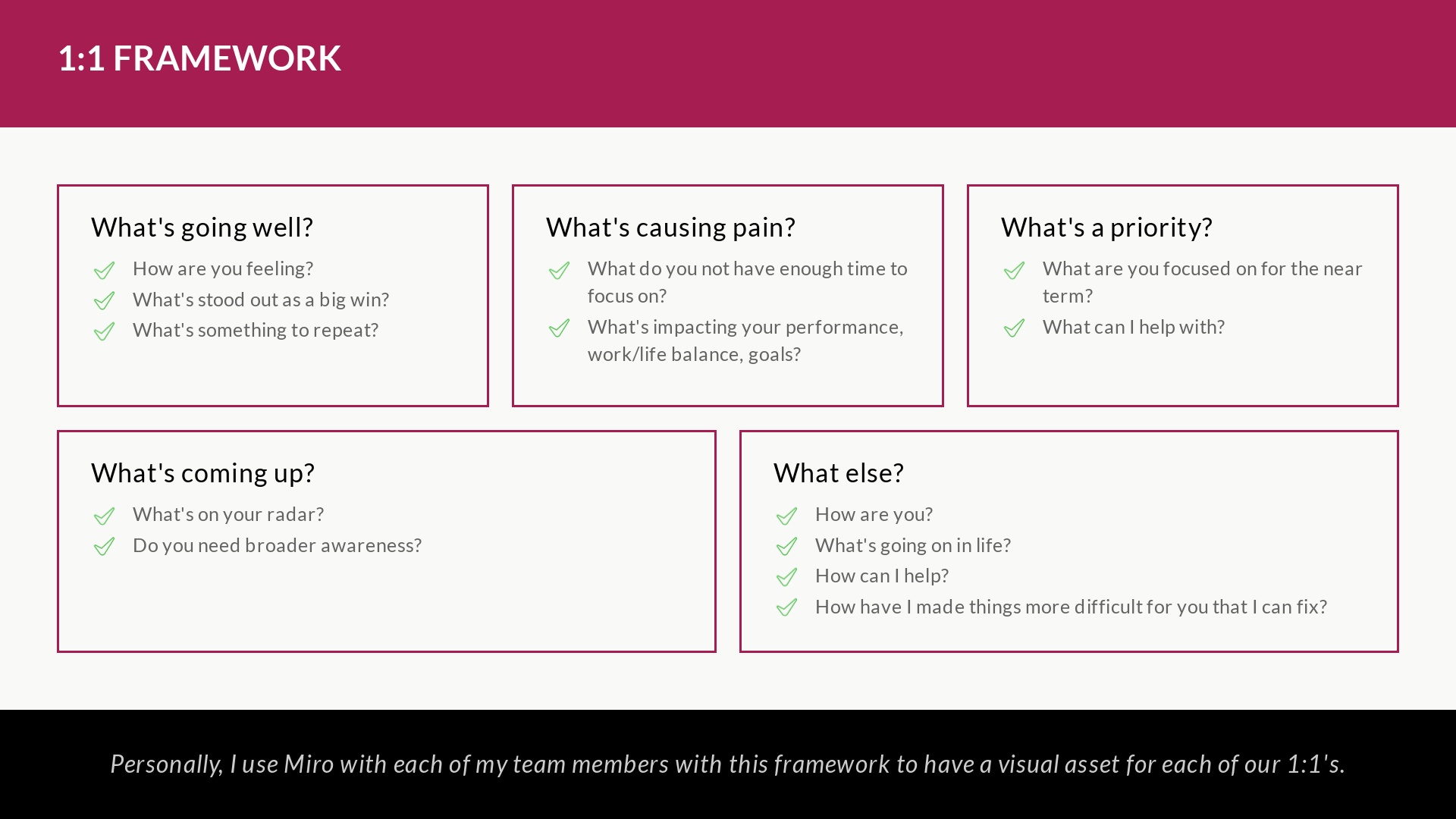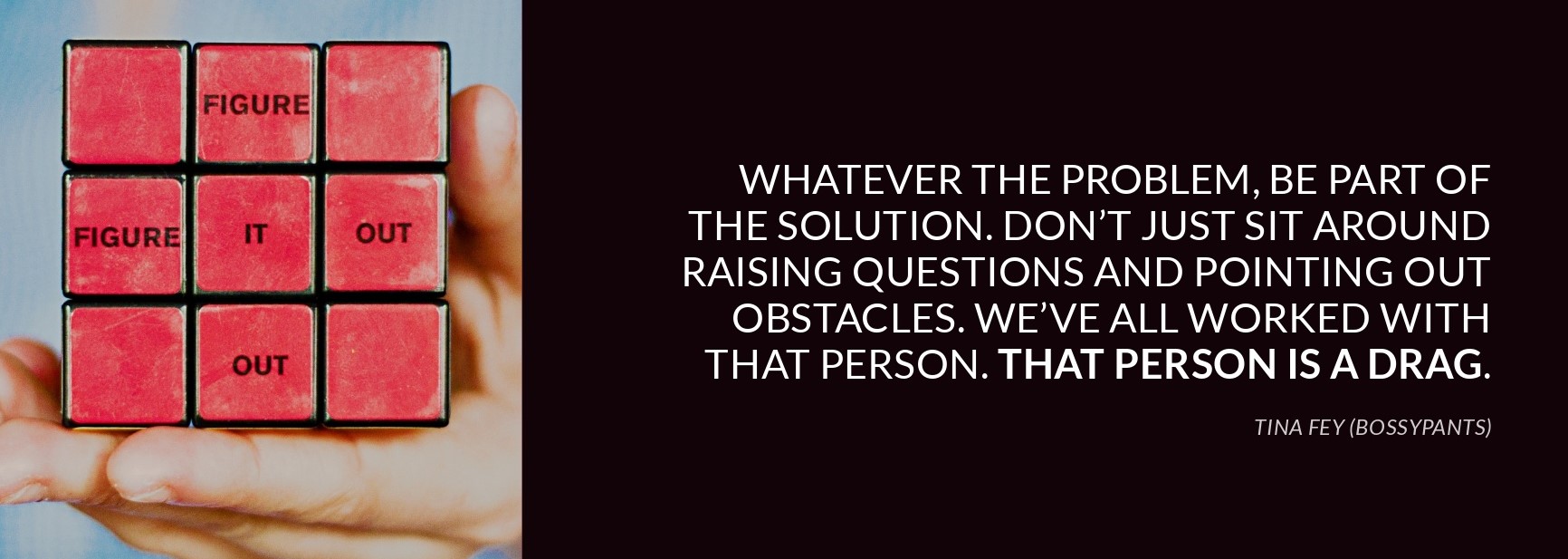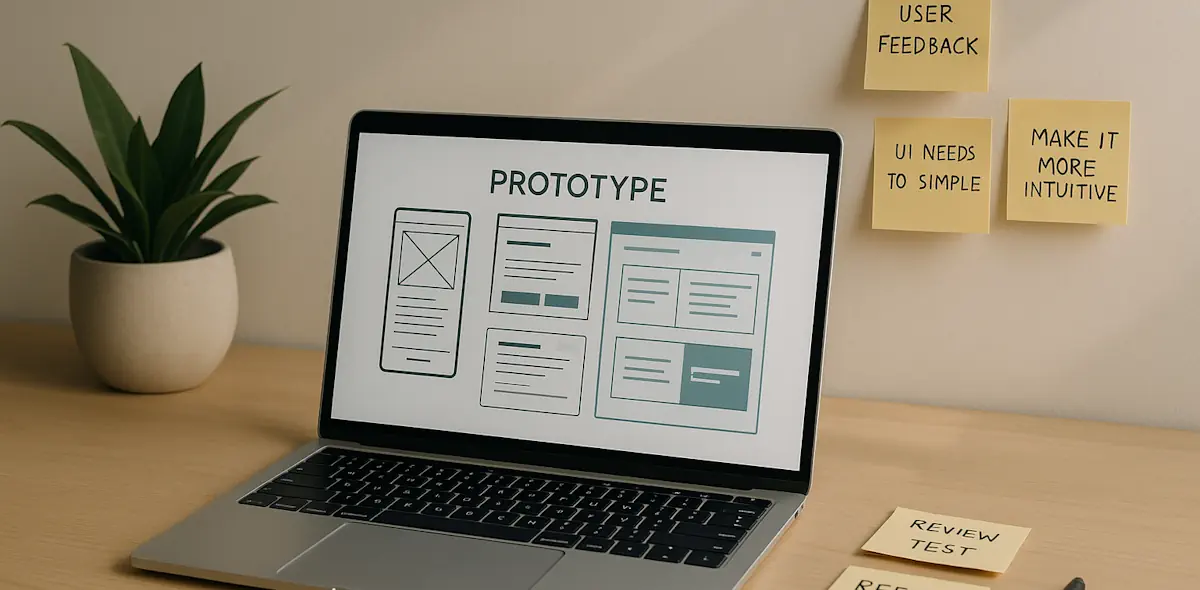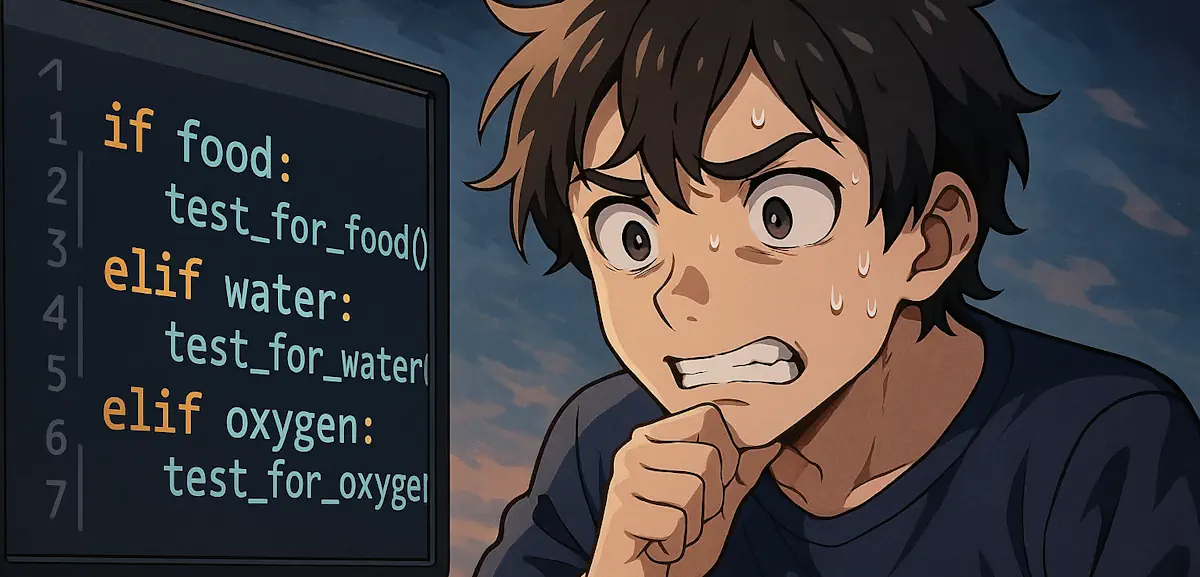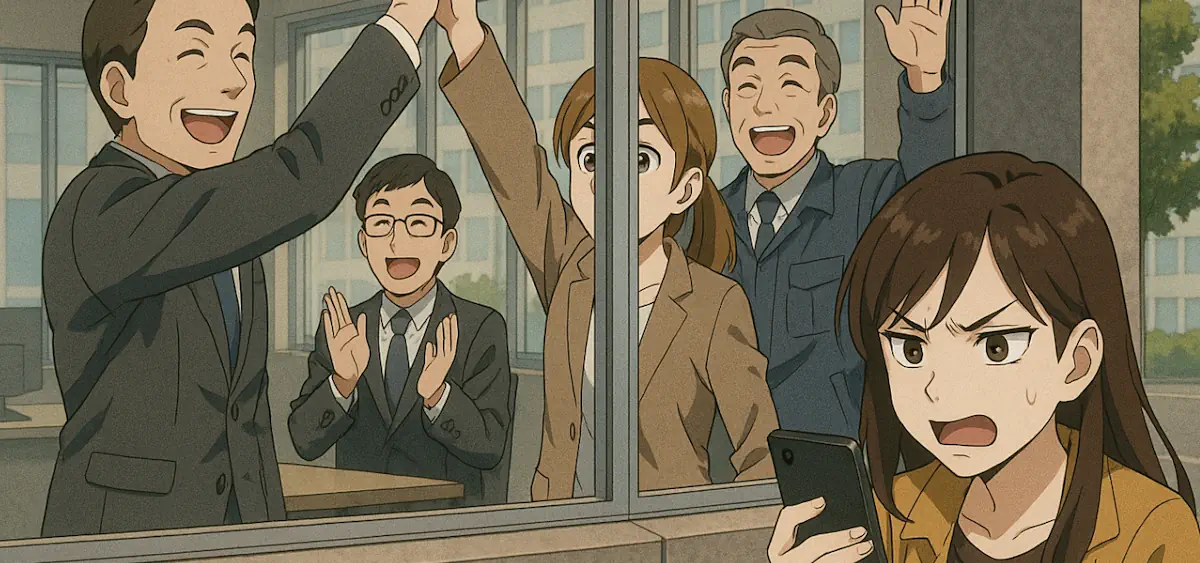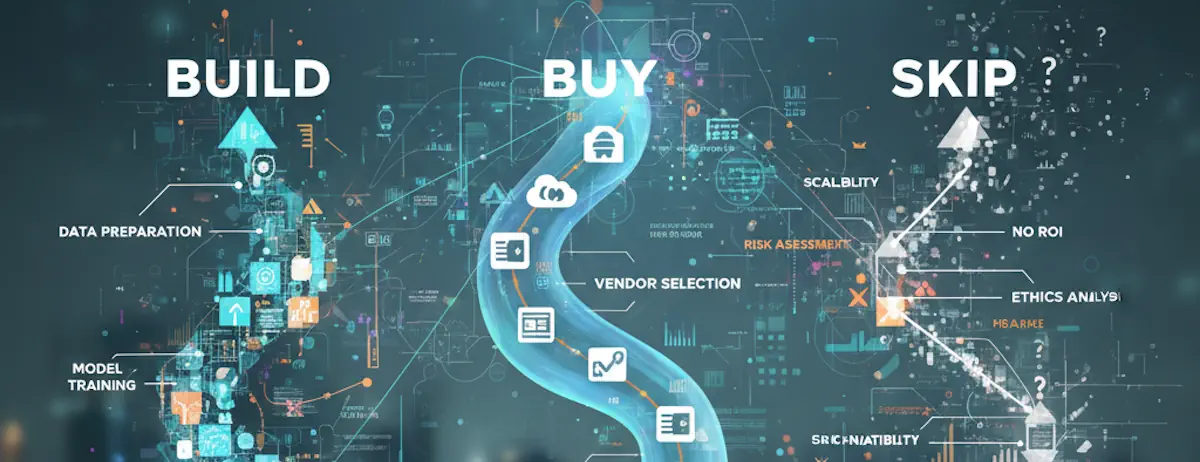Coaching High Performing Product Teams: Skills and Career Growth
Part 1 of an extended series focused on skill development and career growth in high-performing teams.

The past ten years or so, be it in an official capacity or consulting, I’ve worked with various organizations to coach and lead high-performing teams. While I’ve spent most of my career in the technical space, I’ve had the privilege and honor to work with and help lead some amazing digital product teams the past three years.
These individuals are the driving force behind their organization’s successful product development and digital transformation efforts. My role, as a peer, partner, and coach, has been to help hone their leadership, candor, and management skills to elevate their performance and maximize their impact.
Let’s dig into a few approaches I’ve taken the past few years. This will be a multi-part series. To start off, let’s talk about a topic near and dear to me–skill development and career growth.
While much of this advice is targeted towards development or product teams, I’ll try to keep it general enough for everyone.
Skills Development and Career Growth
As I’ve noted in several previous posts, I’m a proponent on self-development and life-long learning. These remain pivotal skills in building high-performing teams no matter the technicality or business sector.
Let’s break down how to start work on a learning plan for your team.
Understanding Your Team’s Motivations
Taking your team to the next level isn’t just about optimizing workflows or implementing new technologies; it’s about fundamentally understanding the people who make up that team—their ambitions, aspirations, and visions for both their professional and personal lives. As a coach and leader, your role extends beyond task management to become a catalyst for their growth and fulfillment.
Start by having candid, one-on-one conversations with each team member to explore where they see their career and life heading. These discussions should be open-ended and non-judgmental, providing a safe space for them to share their true aspirations. Are they aiming for a leadership role in the organization? Do they want to become experts in a particular domain? Or perhaps they are looking for a work-life balance that allows them to pursue passions outside of the office. Understanding these nuances is crucial because it allows you to tailor your coaching approach to align with their unique goals.
Once you have a clear understanding of their ambitions, you can begin crafting a detailed roadmap for their professional development. This isn’t a one-size-fits-all plan but a personalized blueprint that outlines the steps they need to take to reach their objectives. This could involve specialized training programs, mentorship opportunities, or even stretch assignments that push them out of their comfort zones. The key is to align these opportunities with their individual goals, ensuring that each step on the roadmap is a step toward fulfilling their aspirations.
But a roadmap is only as good as its implementation. Regular check-ins are essential to gauge progress, adjust plans as necessary, and provide ongoing support. These touchpoints serve as both accountability mechanisms and motivational boosts, reminding them that their goals are not just attainable but actively being pursued.
This individualized method of professional growth not only encourages a culture of involvement and commitment, but it gives your team members the tools they need to develop and achieve. People become more motivated and more focused when they see that their leaders care about their professional and personal development. They are working toward fulfilling their aspirations rather than merely meeting deadlines.
If you’re looking to elevate your team, remember that it starts with the individual. Dive deep into their goals and dreams, and craft a roadmap that turns those aspirations into achievable milestones. By doing so, you’re not just building a more skilled and competent team; you’re building a team that’s deeply engaged, highly motivated, and poised for long-term success.
A last tip: if you’re not familiar with the SMART (Specific, Measurable, Achievable, Relevant, and * *T**ime-bound) framework for goal setting, give it a try. MindTools has an excellent walkthrough guide.
Providing Regular Feedback
The phrase “feedback is a gift” resonates with many leaders and organizations. I know it does in mine.
Consistently offering insightful and constructive feedback to your team is an invaluable practice that serves multiple purposes. Not only does it help pinpoint specific areas that require attention and improvement, but it also allows them to recognize and further develop their existing strengths. This kind of feedback is more than just a managerial task; it’s an investment in the professional growth of your team members. By identifying both the strong points and the weaknesses, you’re equipping them with the tools they need to excel in their roles and contribute more effectively to the team’s overall goals.
Moreover, effective communication is not just a buzzword; it’s the cornerstone of building a cohesive, high-performing team. Open channels of communication encourage transparency, foster trust, and facilitate collaboration. When team members feel heard and understood, they are more likely to be engaged and committed to collective objectives.
When you’re providing feedback, make sure it’s not just a one-way street. Encourage dialogue and be open to receiving feedback as well. This reciprocal exchange of ideas creates a culture of continuous improvement, where everyone is motivated to perform at their best.
Below is the framework I use in my one-on-one’s (1:1’s, touchbases, check-ins, whatever we’re calling these Zoom calls these days). Using Miro, we have a board dedicated to each one-on-one and actively add ideas, thoughts, and topics beforehand. The questions act as guides to frame discussions and form our overall agenda. We then mark things to take action on (them or I) to keep us honest. Give it a shot!
Growing Problem Solving and Decision Making Skills
When it comes to coaching high-performing teams, prioritizing the enhancement of their problem-solving and decision-making skills is not just beneficial—it’s essential–and one of the key differentiators between a junior and senior team member.
These competencies are the linchpins that hold together all other aspects of effective product management, from strategic planning to team leadership. By focusing on these skills, you’re not merely helping them become better individual contributors; you’re unlocking the door to their full potential, setting the stage for exponential growth and unparalleled success in their careers.
Problem-solving is more than just finding quick fixes; it’s about understanding the root causes of issues and developing sustainable solutions. It involves analytical thinking, creativity, and a keen understanding of both the product and the market.
Similarly, decision-making is not just about choosing between options A and B; it’s a complex process that requires evaluating multiple variables, considering short-term and long-term impacts, and making choices that align with the team’s and organization’s objectives.
Both of these have an additional vector–timeliness. As your team gets better at the skills, being able to see, think, decide, and act in short order is where they can start respond with confidence in tough situations.
By instilling these skills in your team, you’re equipping them with the intellectual tools they need to navigate complex challenges and make impactful contributions. This, in turn, will make them invaluable assets to your team and organization. But remember, your role doesn’t end at imparting skills; it’s equally important to continually support them in applying these skills in real-world scenarios. Provide them with opportunities to lead, encourage them to take calculated risks, and be there to offer guidance when they encounter obstacles.
So, invest your time and resources in their development. Throw your full support behind them, not just in words but through actionable guidance and opportunities for growth. When you do, you won’t just be setting them up for greatness—you’ll be fostering an environment where they, and the entire team, can truly thrive.
Help them develop a systematic approach to tackle challenges head on, make sound decisions, and get those product gears turning! If you’re looking to level up the whole team, turn it into a group example. The team over at CMOE (Center for Management & Organization Effectiveness) has a great ideal toolkit for boosting problem solving and decisioning skills.
That’s it for now. In the next part, we’ll dig into coaching collaboration and time management.

